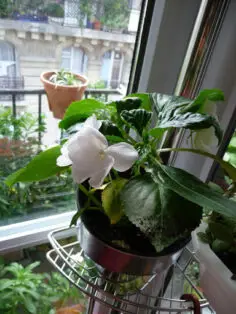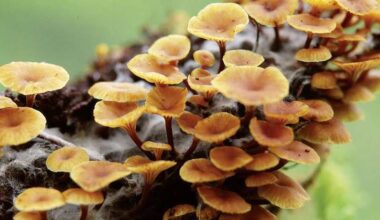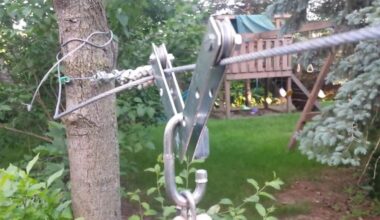Some species are annual, others are perennial, but very sensitive to cold. The impatiens are thus generally cultivated as summer plants for outside or indoor flowering plants for the house, the greenhouse or the veranda.
It is therefore quite possible to grow impatiens indoors!
Contents
Size of the impatiens
In pot as well as in the open ground, remove faded impatiens flowers as you go along to avoid a neglected appearance and the appearance of diseases. Pinch the young shoots at the end of winter to force them to branch.
Where to plant the impatiens indoors?
Place the impatiens with light exposure without direct rays, to benefit from an optimal flowering. On the temperature side, offer them a pleasant atmosphere all year round between 18 and 22 °C.
No temperatures lower than 12/13 °C, otherwise the foliage will fade, fall off and the impatiens can rot if the cold is combined with too much humidity. Also avoid excessive heat in summer. The impatiens are also draughty, both in the garden and indoors in winter.
Indoor cultivation
- The impatient need a good luminosity to develop. But they cannot stand direct exposure to the sun.
- The room temperature should not fall below 10°C in winter. It is also necessary to avoid draughts.
- Keep their substrate moist, but not excessively so. During the growing period, water them more abundantly but let the substrate dry (remove excess water) between two water supplies. In winter, reduce watering without allowing the root ball to dry out completely.
- If the atmosphere in the room is dry and above 22°C, install a humidifier or increase the humidity by placing the pot on a saucer filled with clay balls bathed in water to prevent the appearance of red spiders.
- Bring down in spring the impatiens cultivated in perennials. They will thus preserve a pretty compact port.
- If the plant has reached its adult size and its roots fill the pot, repot it in a slightly larger pot, also in spring. Use a half mixture of coarse sand and peat. Add natural fertilizer (bone meal, feather meal, compost, etc.).
- A fortnightly supply of liquid fertilizer for flowering plants during the growing period will promote flowering.
- When your impatiens will show signs of aging (flowering becomes rarer and the stems become thinner), renew it with a cutting.

Watering impatiens indoor
Water twice a week in the summer, more if the plant is exposed to full sunlight. Make sure that the soil is kept moist but not excessively so. The stems collapse if the plant lacks water. But be careful, too much water makes it rot. To find the right balance, do not confuse “heat stroke” and “lack of water”.
In hot weather, wait until the evening to water and see how thirsty your plant is. If you notice that every day the leaves of your impatiens are softening or wilting, then find a more shady spot for it. Water sparingly in winter. The impatiens cultivated in interior appreciate being posed on a bed of wet clay balls. The evaporation of water will create a permanent humidity, without being in contact with the roots.
How to plant an impatiens flower indoors?
In a pot, placing an impatiens flower in a 30 cm container is sufficient for a good development. The impatiens blooms best in a cramped pot, repot only if its development requires it.
How to cut the impatiens indoors?
- Place 7 to 10 cm pieces of stem in a glass of water and watch for the appearance of roots.
- When sufficient root hair has formed, after 15 days to 3 weeks, place the cutting in a bucket filled with a mixture of coarse sand and peat.
- Keep the substrate moist, but not saturated with water, until spring when you will transplant either in the ground or in a pot.
Diseases and parasites of the impatiens
Red spiders appear if the atmosphere is too dry and too hot. Sucking the sap, these parasites quickly weaken the plants. Prevention consists in regularly humidifying the plants by spraying water on the leaves and lowering the temperature or moving them to a more favourable atmosphere.
In case of aphid attack :
- Infested leaves become sticky to the touch.
- Begin by spraying soapy water at the first signs of infestation and if the infestation is too heavy, a contact insecticide, without forgetting to restore a humid atmosphere.
Summary
Indoors, impatiens are grown as perennials and offer a generous flowering of bright color throughout the year.
Gathered in a tray or hanging pot, several cuttings of different varieties will give you a magnificent flowery decor, near a well-lit window (but not in direct sunlight) indoors or on a balcony in summer.









